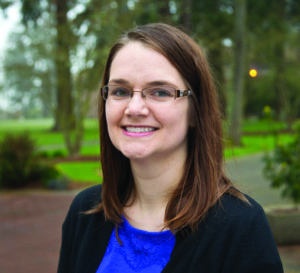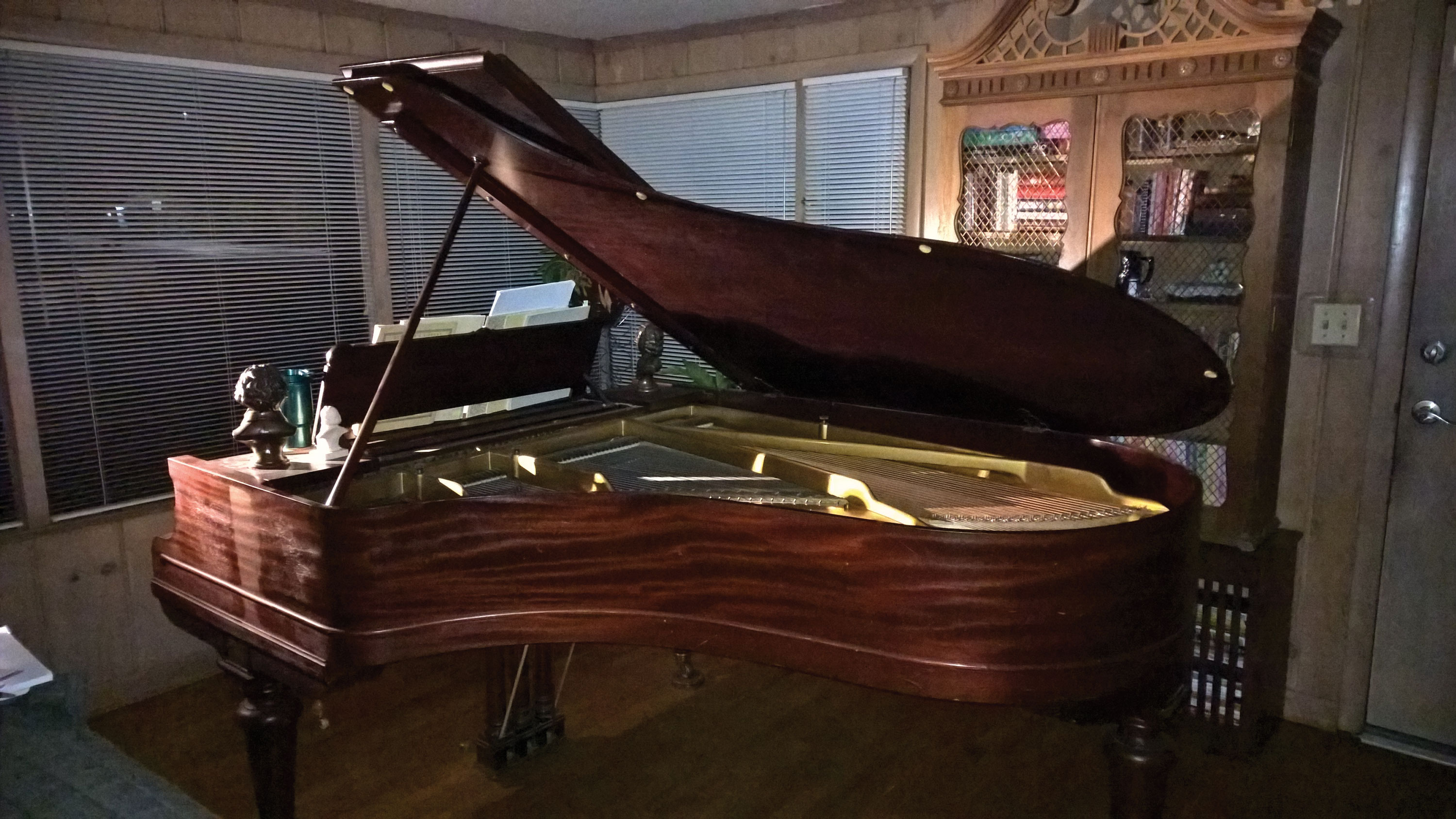
PHOTO BY MCKENNA MORIN
Mackenzie Kintigh; Arts & Culture Editor; kintigmf@plu.edu
Every year, a variety of Pacific Lutheran University’s faculty take a year long sabbatical. This year, there are 20 faculty on sabbatical from different departments across campus.
This presents a challenge to many students who want to stay in contact with these professors during their sabbatical period. Many students are left wondering what exactly sabbatical is and how it affects them. What does it mean for the department? And how long can sabbatical be?
The term has a religious background, as it refers to the “sabbath,” which means “day of rest.” In academia, sabbatical is a granted leave of absence for professors to go out and study, research or travel for the university.

According to the faculty handbook, sabbatical is “also a time that encourages and nurtures faculty improvement through study research, writing, contact with faculty outside of the university.” It’s a process that requires an application and approval from the Board of Regents. This leave of absence can be a semester or up to a full academic school year.
Faculty usually plan their sabbatical two years prior and sabbatical leave is usually every seven years. Many take this chance as a learning opportunity in their field or to take some time to prepare for their classes.
“When faculty are teaching two to three courses a semester, the majority of their time is focused on course preparation, instruction, grading and meeting students,” said Associate Professor of Sociology Kate Luther. “Sabbaticals allow faculty to prioritize their research.”
Luther has recently returned from her sabbatical. She focused on her research and worked on developing core sociology courses such as Introduction to Sociology. Throughout her sabbatical, Luther also volunteered with Friend to Friend America, a Northwest organization that provides senior citizens with a friend.
Many professors like Professor of Music Jeffrey Bell-Hanson are working on research projects during their sabbatical leave. Bell-Hanson’s research project focuses on the history of a grand piano he has had for 20 years. “This project will, I hope, produce at least an article, but will also inform my long-standing interest in musical vocation and communitarian aspects of music making,” says Bell-Hanson about his research.
Many make the assumption that this absence from the classroom is like a vacation. “The big don’t is not to take a vacation. You are still doing your job,” says Associate Professor of Communication Professor Amanda Feller. “There’s always an agenda.” Feller started her sabbatical two weeks ago.
She’s been working on a variety of projects. “I’ve been working on a mini student-faculty conference in November, the Greater Tacoma Peace Prize (GTPP) Banquet honoring our Peace Laureate, plans for Northern Ireland, Norway and Ukraine, a faculty-student research piece,” said Feller. “There’s a lot I’ve been doing in a short time.”
Sabbatical may seem like a complex process, especially to students that don’t understand what it is. However, for faculty it is essentially a time to rest and reset. Sabbatical is a time for professors to fully invest in revamping their courses, engage in research or help with the community.
Students benefits from sabbatical and how it impacts their interactions with both their professors and their education at PLU.




















